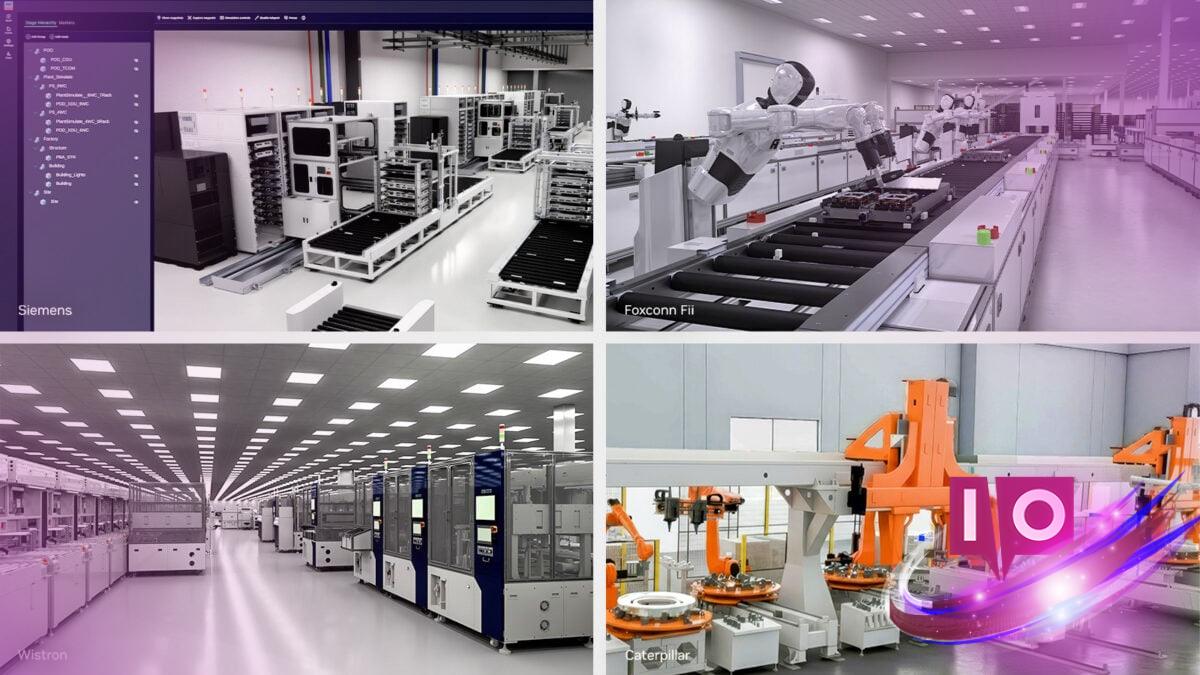The future of work is rapidly evolving, and Nvidia is keen on shaping that future with AI-driven robotics. The integration of these technologies in our daily lives and industries could redefine how we approach jobs and manufacturing. As we move toward an increasingly automated world, it’s essential to understand the implications of a robotic workforce.
At Nvidia’s first-ever GTC AI conference in Washington D.C., CEO Jensen Huang outlined the company’s ambitious vision. He stated, “It is very likely that you might know robots, and my friend Elon is also working on this, [are] likely going to be one of the largest new consumer electronics markets, and surely one of the largest industrial equipment markets.” This statement reflects not only Nvidia’s confidence in robotics but also an enormous market opportunity.
Elon Musk’s Vision of a Robotic Army
While Nvidia champions the rise of robotics, Tesla CEO Elon Musk is developing a “robot army” that promises a significant leap in productivity. During a recent earnings call, Musk claimed that Tesla’s Optimus robots could boost productivity fivefold compared to human workers, a bold assertion that signals the potential of robotics in large-scale manufacturing.
The Economic Potential of Robotics
Nvidia executives believe that a robotic workforce could play a significant role in the U.S. re-industrialization efforts. Rev Lebaredian, vice president of Omniverse and simulation technology, estimates that robots could help fill over half a million open manufacturing jobs. “We have this standing problem in every country where there are jobs nobody wants to fill, especially in the three D’s: dull, dirty, or dangerous jobs,” he explained, highlighting issues such as labor shortages in industries like mining.
Why Automation is Essential
As the global population ages, Lebaredian suggests that the only viable solution to maintain production levels is to adopt automation and robotics. He noted, “Once we build a good robot brain, combined with advancements in robot bodies, we will soon have a workforce that can fill those gaps.” This perspective raises important questions about the future of human roles in industries increasingly dominated by machines.
What Will Be the Role of Humans?
Despite the rise of robotics, Lebaredian believes humans will still play crucial roles in management and creativity. He asserts that history has shown us how to create work, even amid advancements in technology. “Throughout human history, there’s always been this fear of running out of jobs. But we’ve always figured out how to create more work for ourselves,” he adds.
Nvidia’s Strategic Partnerships
Nvidia recently announced several partnerships aimed at expanding its robotic vision. Collaborations include automating warehouses with Agility, developing hospital logistics robots with Diligent Robotics, and creating surgical robots with Johnson & Johnson. These partnerships signify a commitment to integrating robotics into various sectors, from healthcare to industrial support.
The Importance of Digital Twins
To effectively train and test robotic systems, Nvidia introduced Omniverse Blueprint, a technology leveraging digital twins. This enables safe simulation for robotics, avoiding the risks linked to real-world testing. As Lebaredian elaborates, “We need to give AI a body, like a robot or a self-driving car,” underscoring the necessity of a physical form for AI advancements.
What is Physical AI?
Nvidia distinguishes between “agentic AI” and “physical AI.” Kari Briski, vice president of generative AI software for enterprise, states that physical AI is the next evolutionary step. However, skepticism remains about whether current AI technologies can genuinely deliver on high productivity claims. Studies indicate that many AI projects struggle to generate tangible financial benefits.
As industries brace for a potential paradigm shift, the path forward is both promising and challenging. Despite fears of plateauing AI capabilities highlighted by underwhelming advancements like GPT-5, investment in the robotics sector continues to grow. Companies believe that a leap toward physical AI might redefine expectations and revitalize interest in AI technologies.
What challenges does AI face in real-world applications?
Many AI projects produce unsatisfactory results and fail to drive revenue growth. A recent report from MIT suggested that only one in ten corporate AI pilot programs post real benefits. This shows there’s a need for higher quality control and better integration within organizational frameworks.
What is the future of humanoid robots?
Humanoid robots are progressing, but their capabilities still face significant hurdles and energy demands before widespread adoption. Companies like Nvidia are navigating these challenges as they build a future that incorporates robots into everyday tasks.
As the landscape of work continues to change, now is the time to engage with evolving technologies shaping our future. To learn more about how to navigate these advancements, continue exploring related content at Moyens I/O.
